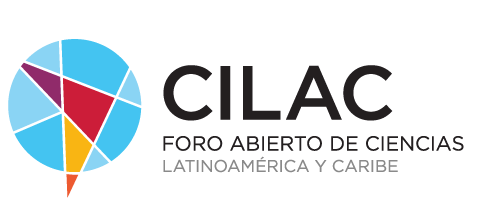
Restaurant goers in Singapore They will soon have the opportunity to eat chicken nuggets grown in bioreactors.
In this way, the first meat product grown in a laboratory for human consumption has been given the green light. In the historic approval, Singapore regulators have awarded Eat Just, a startup based in San Francisco, the right to sell farmed chicken, in the form of chicken nuggets.
Guaranteed security
Singapore's regulator assembled a panel of seven experts in food toxicology, bioinformatics, nutrition, epidemiology, public health policy, food science and food technology to evaluate each stage of the manufacturing process of Eat Just and thus ensuring that the chicken is safe for human consumption.
Singapore's decision could spur the first wave of regulatory approvals around the world.
"It included details on the purity, identity and stability of the chicken cells during the manufacturing process, as well as a detailed description of the manufacturing process that demonstrated that the harvested cultured chicken met the quality controls of the rigorous quality control system. food safety," the company said.
Cultured meat is made like this: Cells are taken from an animal, often through a biopsy or from an established animal cell line. These cells are then fed a nutrient broth and placed in a bioreactor, where they multiply until there are enough of them.
The problem is that this type of meat is still expensive to manufacture. So Just's first chicken products use cultured chicken cells mixed with plant protein, although it has not been specified in what proportion.
At the moment, a large number of new companies have been founded using variations of this approach, in the belief that cultured meat will appeal to consumers. flexitarians: people who want to reduce the amount of meat they eat for ethical or environmental reasons, but do not want to give it up completely.
For example, Memphis Meats, which counts Bill Gates, Richard Branson and traditional meat maker Tyson Foods among its many investors, has teamed up with several other companies, including Just and farmed seafood makers BlueNalu and Finless Foods, to form a lobby group. working with US regulators to obtain approval of your products.
–
The news
For the first time, laboratory-grown meat is approved for human consumption
was originally published in
Xataka Science
by
Sergio Parra
.
























